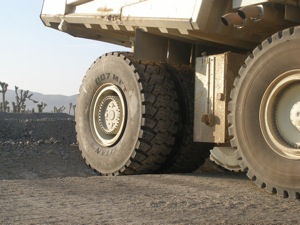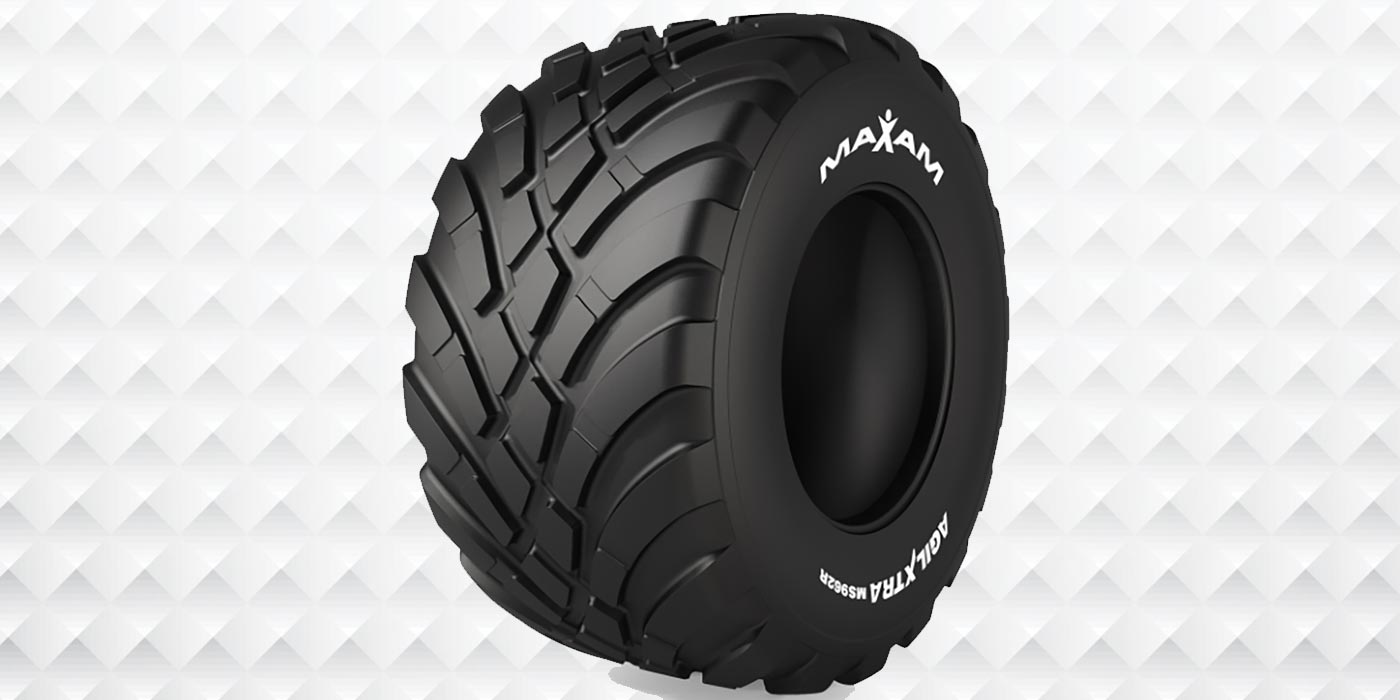If there really were a solid indicator of a true economic rebound, it would be the large and giant OTR tire market.
While unemployment levels and the housing market may waver in these post-recession years, the OTR tire market in North America – and worldwide – is back in high gear. Extremely strong demand for the tires that are vital to the global mining industry can indeed be viewed as a positive indicator, but it also can mean shortages in certain sizes that equipment manufacturers, tiremakers and tire dealers all must tackle.
It brings to mind the shortages seen in the pre-recession boom, proving that the OTR market truly is cyclical.
Numbers Speak
With improvement in demand for large and giant OTR tires beginning in 2010 and increasing in 2011, tiremakers – many of which cut production during the recession – acted as quickly as possible to boost capacity in order to meet the sudden demand.
“With the emergence of China, there’s an increased demand for commodities such as copper, coal and steel,” says Paul Hawkins, vice president of OTR sales for Titan Tire Corp. “The mining companies using large haul trucks really ramped up this year and reopened many of the mines that were shut down in 2009 when the recession first hit.”
Yokohama Tire Corp.’s Gary Nash, vice president of OTR sales, explains the demand for 57-inch OTR tires – both radial and bias – “grew dramatically due to global demand.”
“Unfortunately, the shortage of this tire size has created pressures for North American mining due to the weak dollar against other currency,” he continues. “That’s forced a severe shortage in U.S. markets.”
Titan’s Hawkins agrees, explaining that for a while, demand had been strongest for 63-inch tires, as many mining companies were moving to larger, 400-ton haul trucks, but that is no longer the case. “In the last year, many of them scaled back to the smaller, 240-ton trucks, which use the 57-inch tires. So, the industry has had a decent supply of 63-inch tires, but is facing a shortage of 57-inch tires,” he says.
Though backorders are increasing rapidly, according to Nash, they have not yet reached 2008 levels, which saw mining companies cannibalizing equipment because there just weren’t enough giant OTR tires to go around.
In Yokohama’s case, tire production continues to improve after the economic downturn, but the increase is slow, mainly because of the need to re-train workers lost during the economic crisis, and also because of a decrease in power for the tiremaker’s plants in Japan after the March 2011 earthquake and tsunami.
Nash adds the large and giant OTR tire market is expected to grow by 3% to 5% in 2012 as construction markets in the U.S. rebound. “This growth will continue at the same rate to 2015, unless we see another economic downturn.”
Titan’s Hawkins says 2012 and 2013 look to be very strong. “Beyond that, the future looks bright, but there are many factors at play in our industry, and it’s often difficult to predict more than a few years out,” he explains. “What I can say is that we are increasing our capacity and will continue to do so every year until the demand is being met.”
Hawkins notes that major haul truck OEMs are expecting growth of 50% to 75% in the coming years – which, if true, means a significant growth in tire sales, as well. “These trucks are using tires ranging from 51- to 63-inch sizes, so we’re ramping up our capacity on all three sizes over the next five years.”
According to Angie Jones, general manager of mining and strategic services for Bridgestone Americas, the tiremaker also is among those upping capacity as quickly as possible.
“We are seeing a steady increase in tire demand in the large and giant sectors driven by strong commodity prices and continued growth in developing countries.
“Bridgestone is investing over $2.5 billion in combined capacity expansions to help prepare for the demand in the OTR market,” she said, adding that the tiremaker recently began construction of a 1.5 million-square-foot OTR radial manufacturing facility in Aiken County, S.C. That plant is expected to begin rolling out OTR tires – ranging from size 27.00R49 through 59/80R63 – as early as 2014.
New Products, Technology
As far as designs and compounds, no major breakthroughs have come on-stream in the last couple years, but Titan’s Hawkins notes there is an increase in the use of GPS systems and TPMS to provide data on air pressure and running temperatures.
“Not only is this helpful to the user, but the tire manufacturers are using this type of data to continuously improve their products,” he says.
Titan currently is working on bringing a new tire, the 994, to market later this year, according to Hawkins, who notes that the tiremaker is the only manufacturer of both wheels and tires for the OTR and ag markets.
“For the giant OTR segment, not only are we working to improve tire technology, but also wheel technology,” he says.
“We recently introduced our Accelerated Change Technology (ACT) wheel, which drastically reduces the amount of time it takes to change or rotate giant OTR tires. The Titan ACT wheel helps save mining contractors nearly 50% of the time previously spent changing tires, which translates to less downtime, and thus, more profitability. Over the course of a year, it can really add up.”
According to Jones, in 2012 Bridgestone will expand its Firestone DuraLoad line to include the 35/65-33 in both L4 and L5 depths. DuraLoad was first introduced in size 45/65-45, and features a larger footprint, sidewall protection and a new design for extended wear life, she adds.
Also new for this year is Bridgestone’s premium pattern in the 27.00R49 size for the VREP (V-steel Rock E-Premium), which features a unique tread pattern to offer longer tread life combined with a high durability casing to provide reduced cost-per-hour compared to traditional rock patterns, Jones says.
According to Nash, Yokohama continues to concentrate on “niche” specialty markets, which rely on the tiremaker’s expertise in custom compounding to meet the needs of specific applications.
“We continue to increase size offerings in both bias and radial products at the special request of both dealers and users,” he says. “Plus, we produce the most cost-effective products, adding the savings to the end-users’ bottom line.”
Nash adds that end-users, dealers and manufacturers in these niche markets all have common goals: safety, service, productivity and savings.
Titan’s Hawkins says end-users seek a value proposition: How much a tire costs versus how long it will last.
“They look at the overall lifecycle cost of a tire, so the best way tire dealers can set themselves apart is by offering service after the sale,” he adds.
“Being able to give sound advice on air pressures, repairs and routine maintenance is essential to being successful as a dealer. The dealers who are knowledgeable in service are the ones who will get the repeat business.”
And with the giant OTR market on a fast growth track, earning repeat business will be key to achieving hefty profits in this segment.
For an up-close look at the small OTR tire market, check out the February 2012 issue of Tire Review.













